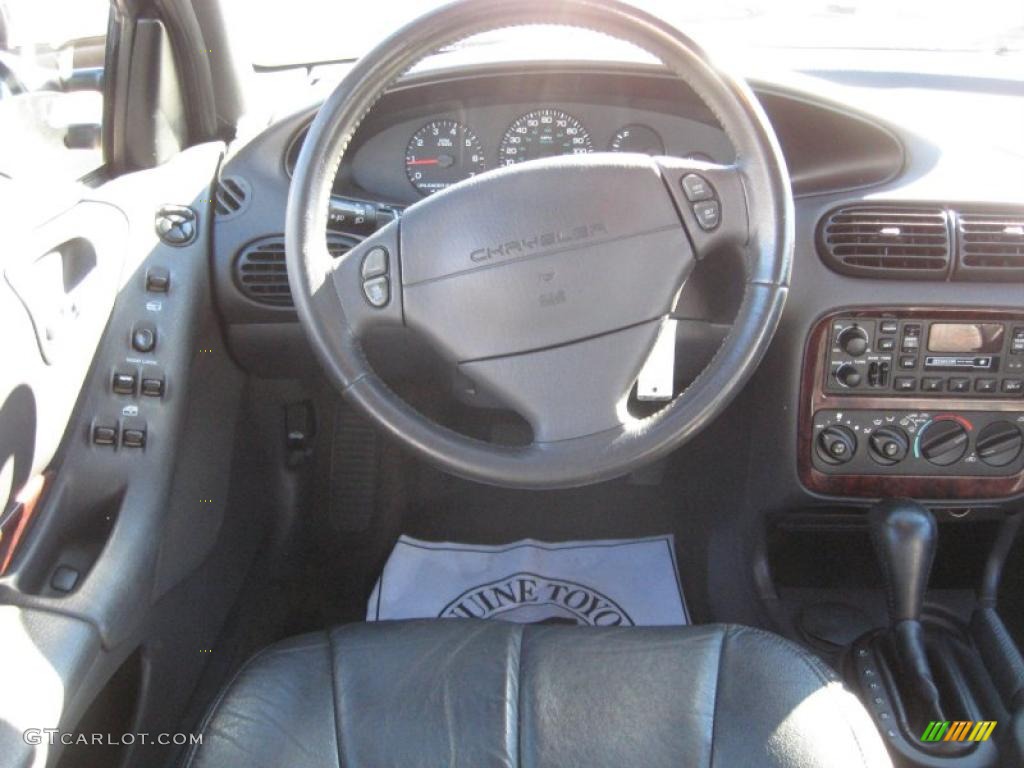

The key outcome of these changes was that Chrysler’s cars went from among the most conservative and dated-looking designs on the market to some of the most expressive and contemporary.įollowing in the footsteps of the larger LH and smaller PL cars, Chrysler brought its midsize cars out of the stone age with the JA platform in late-1994. Yet with the ousting “retirement” of Lee Iacocca, Chrysler designers and engineers were more or less allowed to roam wild with radical concept car-inspired designs, new platforms, new engines, and a whole new openly communicative style of working on platform teams. Compare this to cars such as the Mercury Sable or Buick Regal, and the Chrysler looked embarrassingly outdated by 1994. Unlike Ford and GM, whose bulk of midsize sedans evolved from very upright and boxy at the beginning of the 1980s, to more wedge-shaped by mid-to-late 1980s, to quite rounded styling by the early-to-mid 1990s or even earlier, Chrysler defiantly took its own route, almost taking a step backwards with the very boxy and upright AA-bodies.Īs expected, the top-spec LeBaron was the most baroque of all, adorned with all the gingerbread of an age gone by, including wire wheels, landau vinyl roofs, miles of chrome trim, and loose pillow seats in either Kimberly velvet or Corinthian leather. Of course, I’m referring to the 1989-1995 AA-body Chrysler LeBaron/Dodge Spirit/Plymouth Acclaim that were among Chrysler’s final K-car derivatives. Their styling alone was dramatic for their time, but it’s nothing short of extreme when compared to the cars they replaced.

Part of a trio of midsize sedans, which also included the Dodge Stratus and Plymouth Breeze (which arrived as somewhat of an afterthought in 1996), these vehicles were collectively referred to as “The Cloud Cars” for their meteorological names as well as their somewhat cloud-shaped profile.

However, every once in a while, something truly revolutionary takes place, and stylistically speaking, few transformations have been as radical as the 1995 Chrysler Cirrus. Automotive styling has gone to the moon and back over the past century, yet the overwhelming majority of the time, the changes in car styling from year-to-year are evolutionary as opposed to revolutionary.


 0 kommentar(er)
0 kommentar(er)
